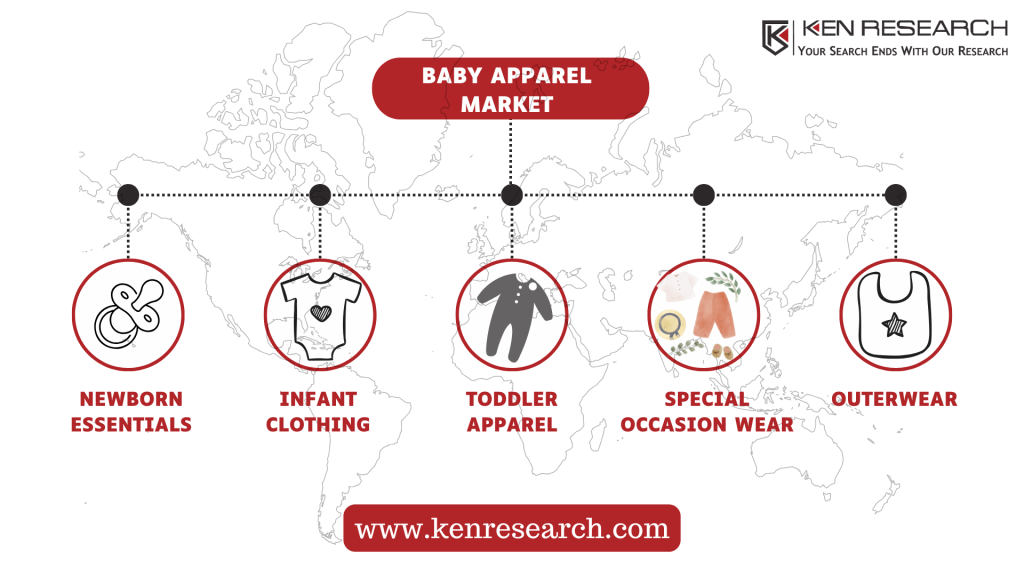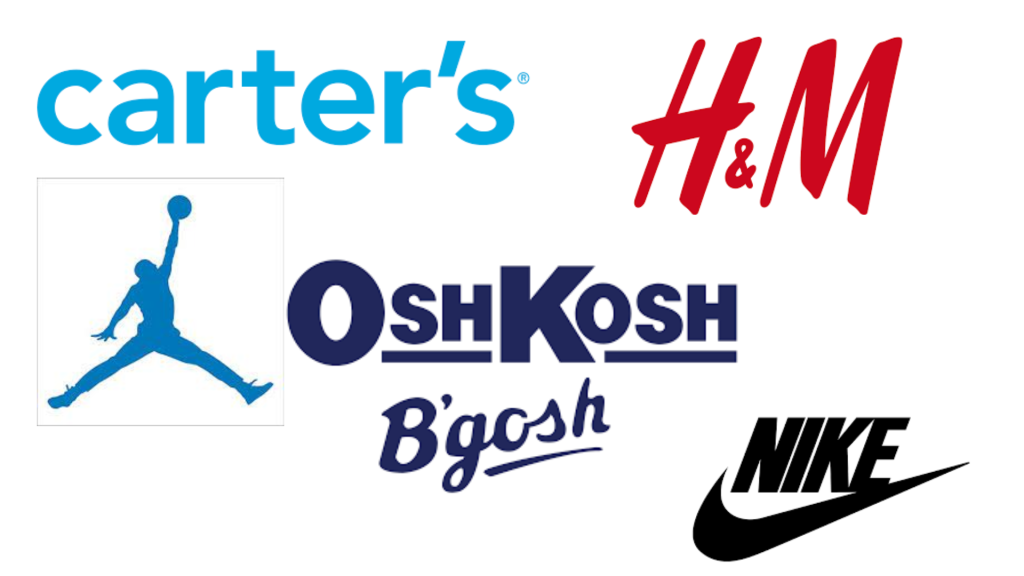The baby apparel market, a vibrant and ever-evolving space, caters to the tiniest trendsetters of our world. Driven by a confluence of factors, this market is projected to reach a staggering USD 95.22 billion by 2030, according to Fortune Business Insights. Let’s delve into the key statistics, growth trends, market segmentation, and prominent players shaping this dynamic industry.
Market Size and Growth Trajectory:
- Global Value: As mentioned earlier, the baby apparel market is estimated to be worth USD 64.64 billion in 2023, showcasing its substantial size and economic impact.
- Growth Projection: Exhibiting a healthy CAGR (Compound Annual Growth Rate) of 5.69%, the market is anticipated to witness significant growth in the coming years.
- Regional Powerhouses: The Asia Pacific region currently holds the largest market share (38.2%), followed by North America and Europe. This dominance reflects the rising disposable incomes and growing population in developing economies within Asia Pacific.
Market Trends Shaping the Future:
Several key trends are influencing the baby apparel market:
- Rising Disposable Income: Increased spending power allows parents, particularly in developing economies, to invest in a wider variety of baby clothes.
- Growing Focus on Safety and Comfort: Parents prioritize soft, breathable fabrics, comfortable fits, and safety certifications when choosing baby apparel.
- Evolving Fashion Trends: Miniature versions of adult fashion trends, coupled with a growing awareness of gender-neutral clothing options, are influencing purchasing decisions.
- Surge in Online Shopping: The convenience and wide selection offered by e-commerce platforms are driving online sales of baby clothes.
- Sustainability Concerns: Eco-conscious parents are seeking baby clothes made from organic materials and produced with sustainable practices.
Market Segmentation: Catering to Every Milestone
The baby apparel market caters to various needs and stages of a child’s development:

- Newborn Essentials: Sleepwear, onesies, bodysuits, bibs, and comfortable basics designed for maximum comfort and practicality.
- Infant Clothing: As babies grow, the need for outfits with snaps or zippers for easier dressing arises, alongside exploration-friendly clothing.
- Toddler Apparel: Functional and stylish clothing that allows for crawling, walking, and active play becomes crucial in this stage.
- Special Occasion Wear: From christening outfits to festive wear, parents seek special occasion attire for their little ones.
- Outerwear: Depending on the climate, baby coats, jackets, hats, and mittens are essential for keeping little ones warm and protected.
Market Players: A Mix of Established Giants and Emerging Brands
The baby apparel market features a diverse range of players:

- Global Powerhouses: Companies like Carter’s (OshKosh B’Gosh), H&M, Nike (Jordan Baby), and The Children’s Place hold significant market share due to their extensive brand recognition and global reach.
- Regional Favorites: Established regional brands cater to local preferences and cultural nuances, offering a strong presence in specific markets.
- Luxury Labels: Designer brands offer high-end baby clothes for parents seeking premium quality and exclusivity.
- Sustainable and Organic Brands: Focusing on eco-friendly materials and ethical production practices, these brands cater to a growing segment of environmentally conscious consumers.
Looking Ahead: A Sustainable and Stylish Future
The baby apparel market presents exciting opportunities for businesses that can adapt to evolving trends:
- Prioritizing Sustainability: Utilizing organic materials, minimizing waste, and adopting eco-friendly practices are crucial for attracting environmentally conscious parents.
- Embracing Comfort and Safety: Comfortable fits, soft fabrics, and safety certifications remain paramount for parents.
- Digital Innovation: Leveraging social media marketing, influencer partnerships, and personalized online shopping experiences are key for reaching target audiences.
- Catering to Diversity and Inclusion: Offering a wider range of sizes, styles, and gender-neutral options allows for a more inclusive approach.
The Final Romper: A Rewarding Market
The baby apparel market thrives on the joy of dressing little ones. By understanding the market size, growth trends, segmentation, and key players, businesses can contribute to creating comfortable, stylish, and sustainable clothing for the future generation of trendsetters.




